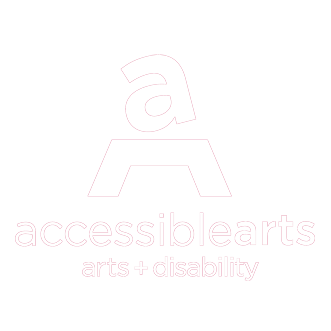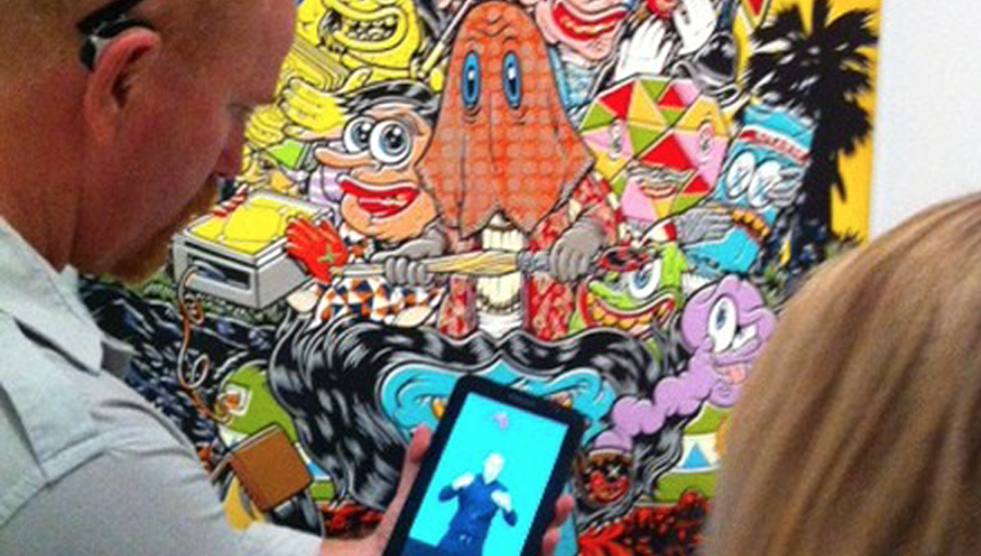Using technology to make tours accessible
When you visit a museum or gallery, what you’re seeing may be only part of the story. It can be just as important to be able to listen to audio to learn more about the display, the history and the artist. For the more than three million Australians who have hearing loss, that information often isn’t accessible. Conexu Foundation is working to change that.
Conexu Foundation works with more than 30 museums, galleries, outdoor theme parks and zoos across Australia to make their tours more accessible. We spoke with the Foundation’s Community Liaison Manager Phil Harper to find out more…
How did Conexu Foundation come about?
Conexu was established out of a community need to find solutions in information and access for people who are Deaf and hard of hearing. We are technology accessibility experts and after doing lots of research and consultation, we began to work with existing apps to find accessible solutions, and also to build our own. We are a not-for-profit organisation and most of the apps we have built including our OpenAccess Tours app are free.
Tell us about the OpenAccess Tours app.
Many cultural venues such as museums and galleries have audio and/or guided tours which are not accessible to Deaf or hard of hearing people. In 2011 we worked with our first venue, the National Sports Museum in Melbourne. We were able to develop the OpenAccess Tours app to provide Auslan translation and captioned versions of their audio tour.
Since then, we have worked hard to convince other venues across Australia such as the Art Gallery of NSW, National Gallery of Australia and National Gallery of Victoria to improve accessibility to their permanent and temporary exhibitions. The Tours app is also able to incorporate audio description to support people with a vision loss as well as other languages such as mandarin.
How important is technology when it comes to increasing access opportunities?
A few cultural venues offer Auslan interpreters at some of their exhibitions which is wonderful but it does not provide access for when you want to visit at a time of your own choosing. Using technology such as smartphones and creating an app such as OpenAccess Tours enables a deaf or hard of hearing person to visit these accessible venues any time. This increases their independence and ability to enjoy cultural experiences like anyone else. An added advantage is that you can view the exhibition stories prior going to the exhibition or after the visit. This is particularly useful for school groups who have Deaf or hard of hearing students attending and ensures they have access to the experience.
What (if any) changes do you predict in accessible technology over the next decade?
Smart technology is changing and improving so rapidly that we at Conexu have to be ensure we keep up. It is also more affordable and therefore more available to most people. Speech to text and signing avatars are starting to improve their capability and accuracy so they can be potentially used for a range of information and communication experiences. When we started in 2011, we only offered Auslan but now in 2017, the Tours app has been adapted to include a larger range of access options that assist a greater range of people and can be used anytime and anywhere. It’s a really exciting – and satisfying – field to work in!

